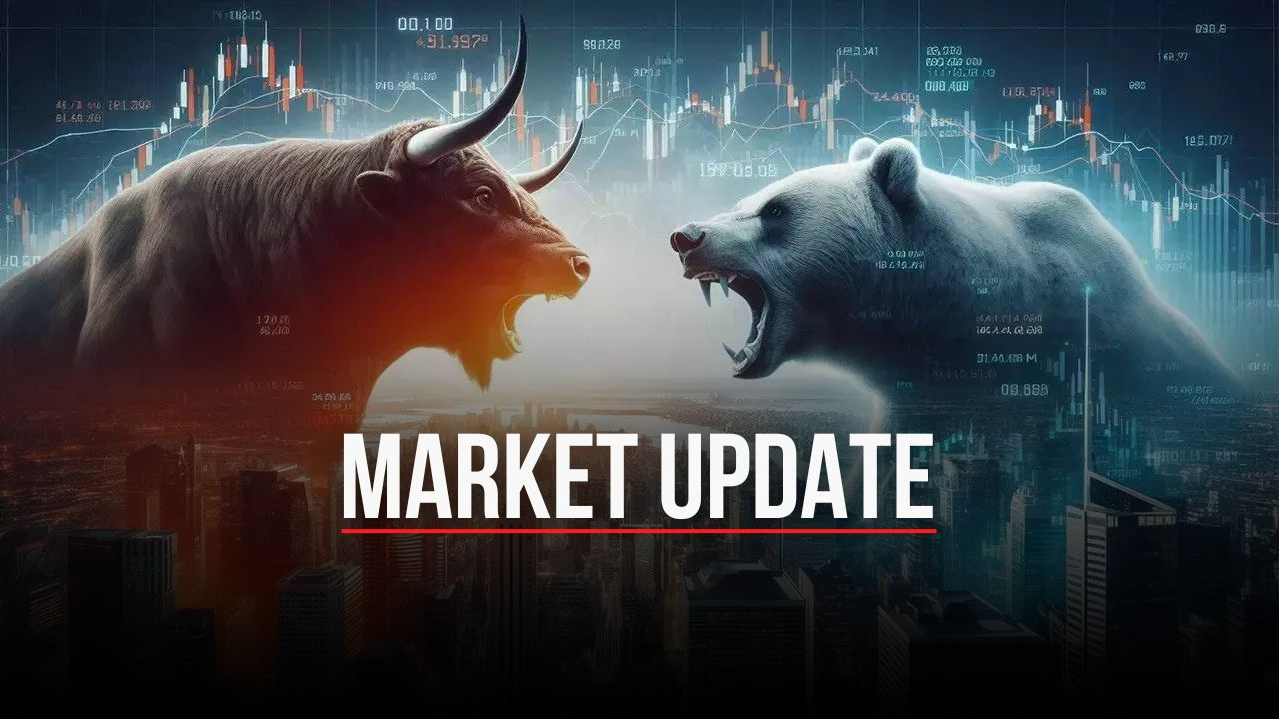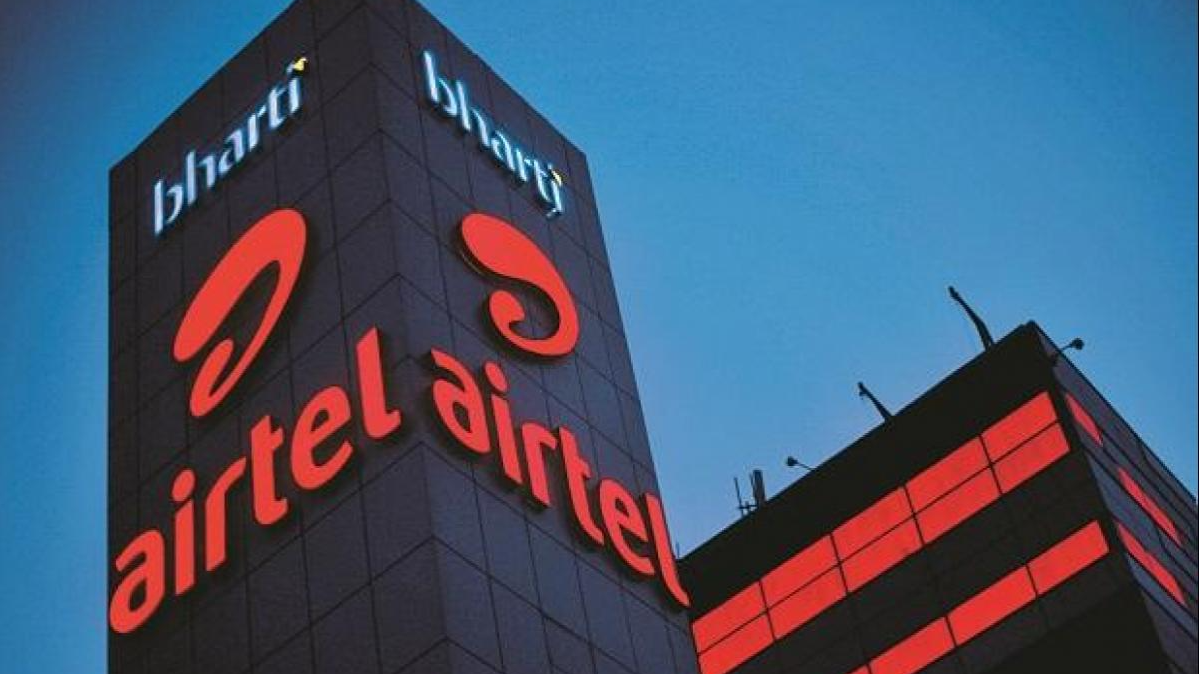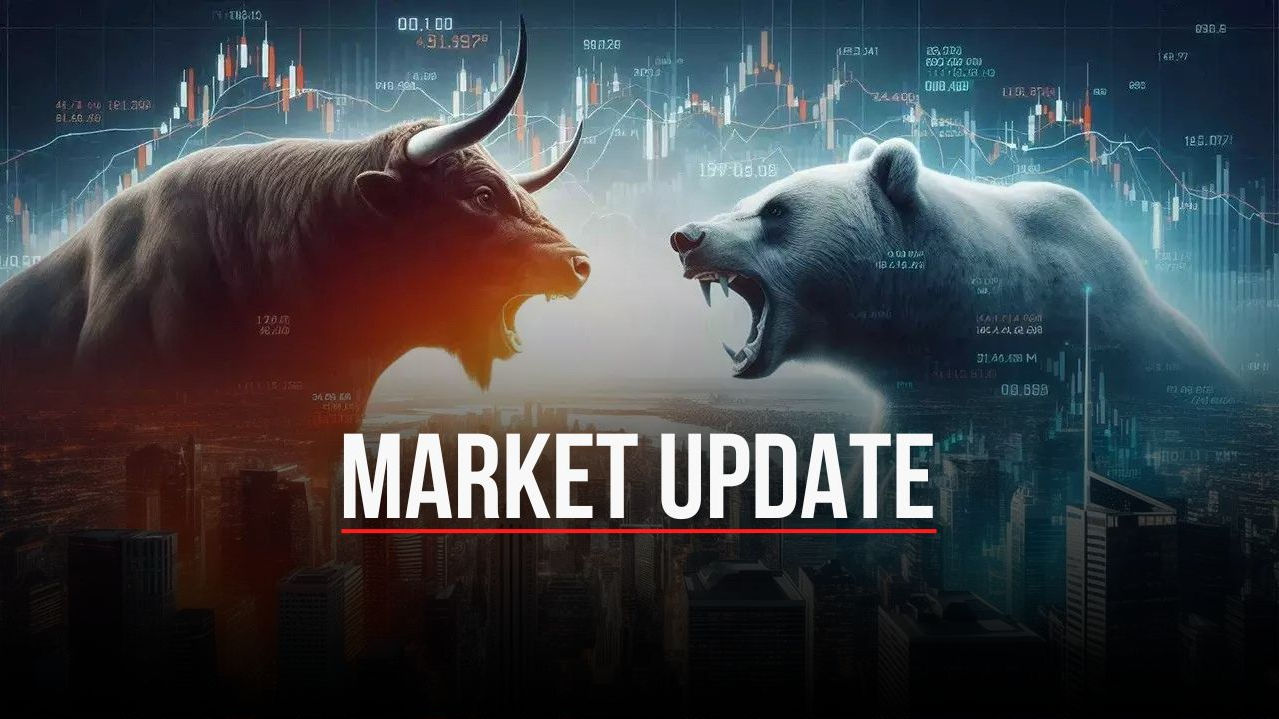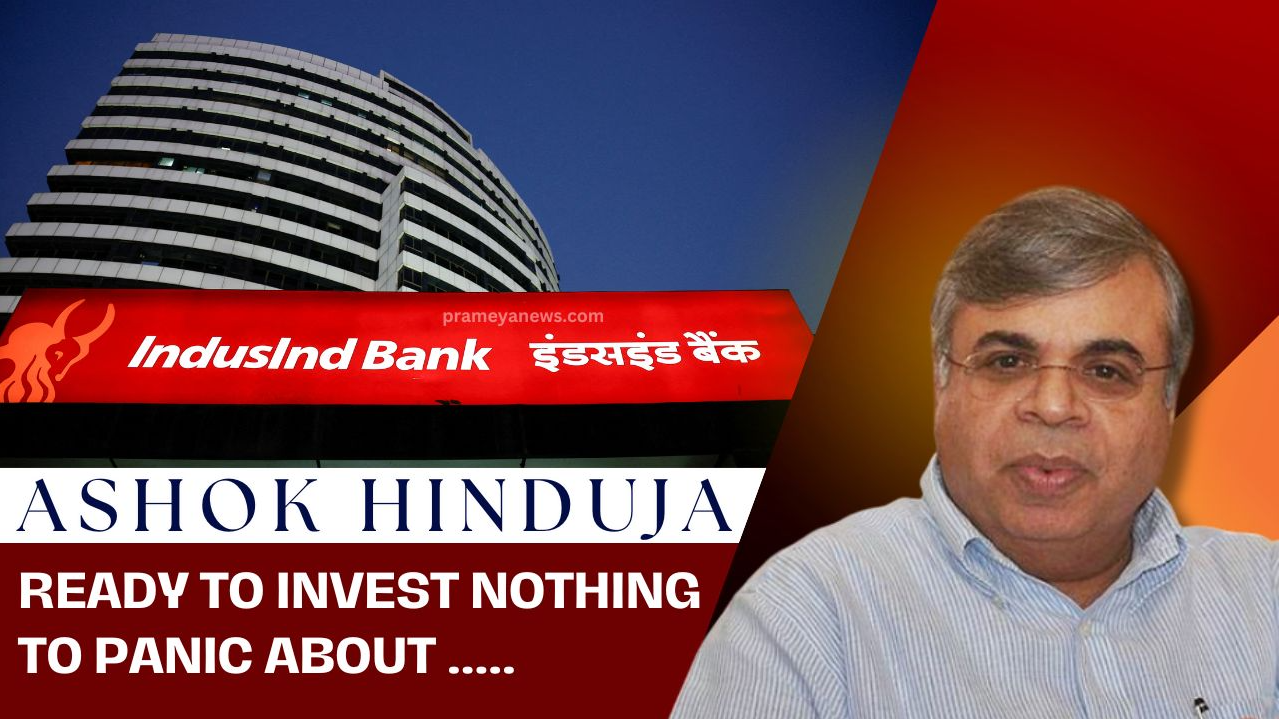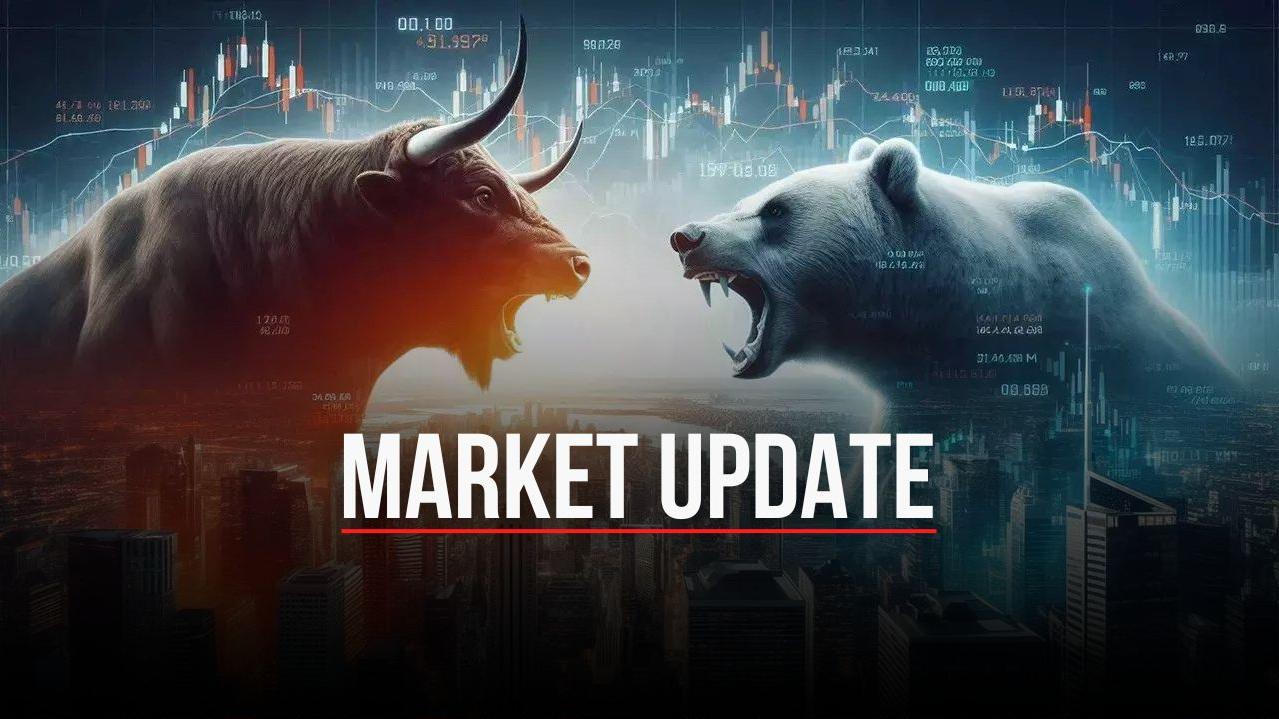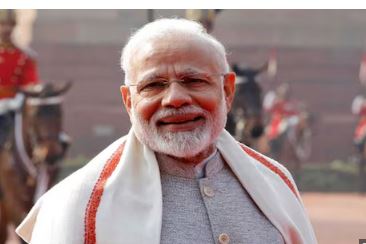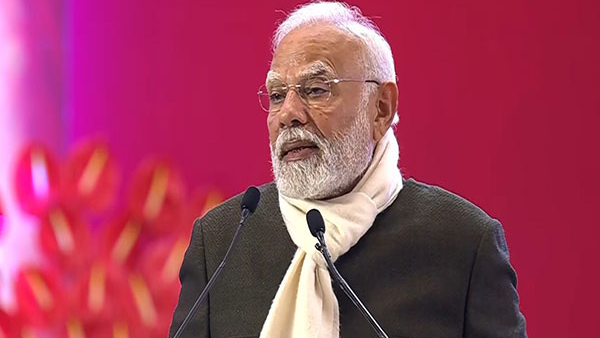The Indian stock market staged a remarkable comeback on February 4th, with the Sensex surging a breathtaking 1,400 points. This turnaround was triggered by an unexpected shift in the global trade landscape as the US president's recent tariff pronouncements took different turn.
Join the Whatsapp Channel to Get News updates in english
Investors, breathed a collective sigh of relief as new tariffs on Canada and Mexico were put on hold. This unexpected reprieve injected a much-needed dose of optimism into the markets, sending the Sensex soaring to 78,583 and the Nifty surging past the 23,700 mark. This impressive rally added a staggering Rs 5.6 lakh crore to the market capitalization. Though this temporary truce brought cheer, the underlying tension remains the same. US president's unpredictable trade policies continue to keep investors on the edge, casting a shadow of uncertainty over the global market.
Reliance Industries and HDFC Bank led the charge. However, the FMCG sector witnessing a slight dip as investors booked profits after the previous week's gains.
This dramatic turnaround in the markets highlights the intricate interplay between geopolitics and finance. The US president's trade policies have far-reaching implications, impacting not just global trade but also the fortunes of businesses and investors around the world.
As the world watches and waits for the next move in this high-stakes game of trade, one thing is certain: volatility will continue to be the name of the game. Investors and market analysts alike will keep a close eye on developments, with a mix of caution and optimism.
Though the immediate crisis seems to have been averted, the underlying tensions remain. The road ahead is likely to be filled with twists and turns, and investors will need to stay vigilant and informed to navigate the challenges and capitalize on the opportunities that lie ahead.






